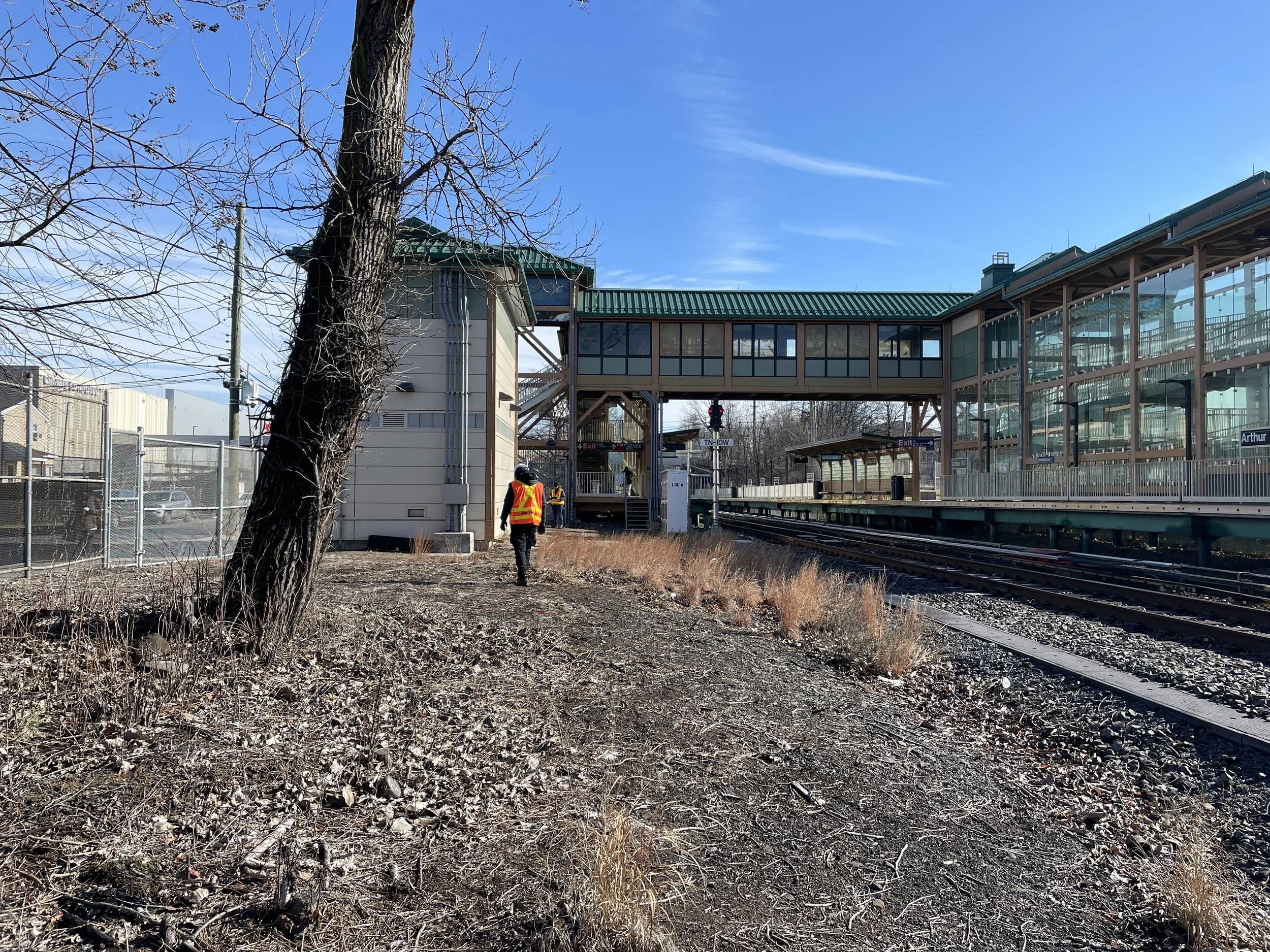Various MTA Stations – Staten Island, NY –Engineering and Environmental Services – Construction Oversite and Reporting
LOCATION
Various MTA Stations – Staten Island, NY
SERVICES
• Coordination With Agencies, Prepared and Obtained Necessary Geotechnical, Survey, DOB, And MTA Permits
• Existing Condition Assessments
• Operation And Maintenance Manuals, Training, And Specifications
• Environmental Review and Design
• Public Engagement – Stakeholder Engagement, Outreach Strategists, Public Relations
• Hydrological/Topographical
• Hazards of Illicit Discharges and Improper Waste Disposal Impacts
• Analysis
• Earth And Rock Excavation
• Protection Against Dust Hazard
• Management Of Materials Excavated
• Transportation Of Plant and Materials
STM, in affiliation with HydroTech, was subcontracted to work with ExterNetwork and perform an engineering support and environmental site assessment – an initial investigation of seven (7) Staten Island Railroad Train Stations to assess its potential environmental contamination, hydrogeological conditions, the existing drainage system and identify its deficiencies. This project consists of drilling a 5-foot diameter caisson to the depth of approximately 50 feet below ground surface (bgs) and shallow excavation for shelter footings to depth of 2 feet bgs. The impacts of the high-water table, geology of the site, steady gradient of the track to the tunnel and outfall constraints were taken into consideration during evaluation. All necessary design support during construction will continue to be provided by our team to ensure that the contractor is implementing the environmental and design measures as per MTA and other involved agencies standards.
Waste Characterizations – The process of identifying, quantifying, and categorizing soil for disposal during excavation. All coordination with drilling services, field work activities, laboratory analytical testing, and securing disposal facilities will be done by our team. Community Air Monitoring Program (CAMP) – This program measures the dust particles and volatile organic compounds in the air as a result of soil disturbance activities. Our team will be equipping this project with skilled field personnel to conduct CAMP and create records of every monitoring event.


